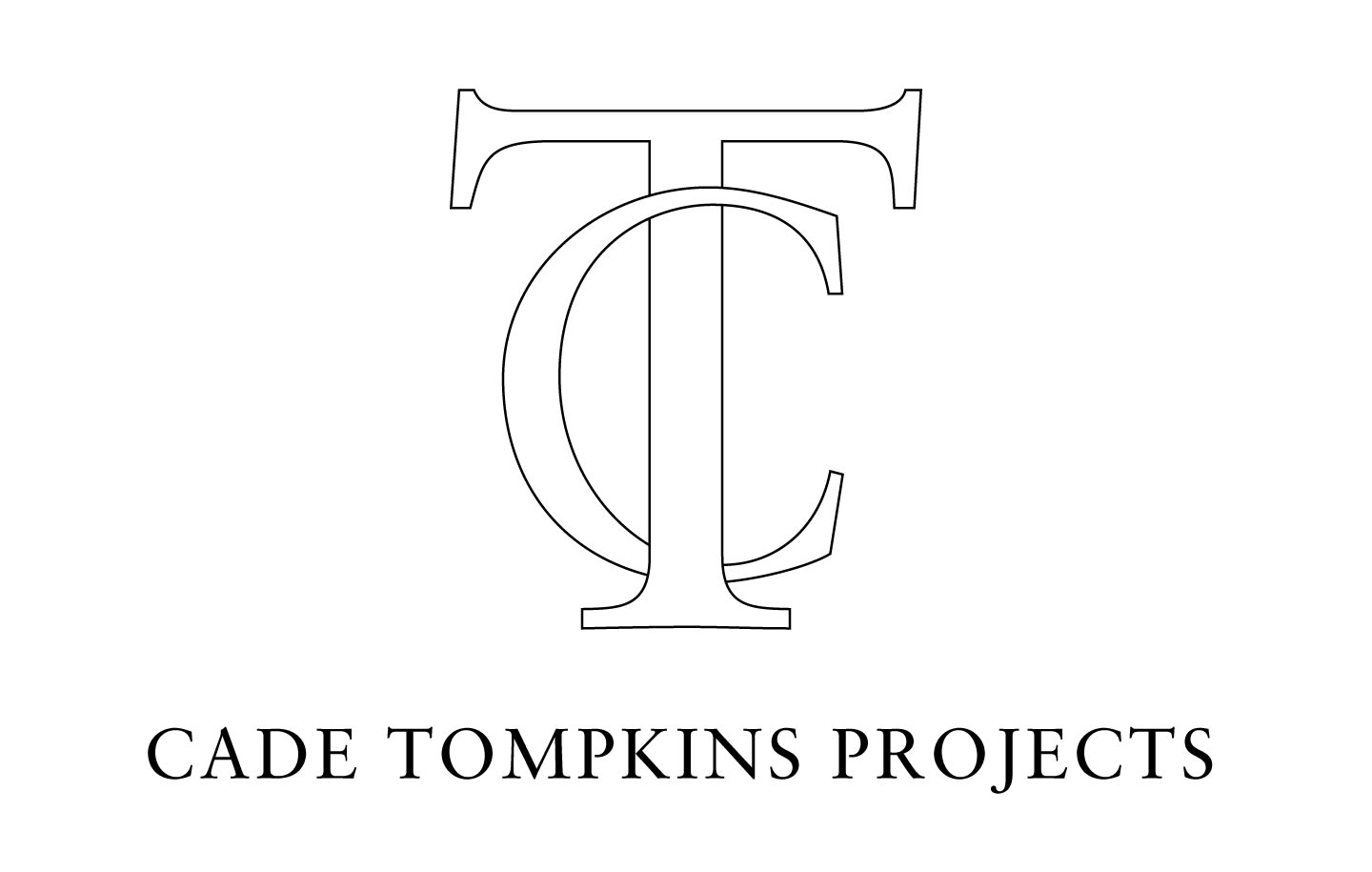
“I make a point of looking for strange combinations of color and objects, because finding something unexpected in an artwork is my favorite thing.”
Allison Bianco is an artist living and working in Rhode Island (USA). Her approach to color is lively and curious, and her process of printmaking is controlled while also welcoming of unanticipated anomalies. Allison uses intaglio, screen print and hot foil stamping to create her delicate line work and vibrantly-colored prints. She also incorporates drawing and hand coloring in her work.
Currently, Allison is working on a recently awarded public art commission for New York City public school 671K in Brooklyn for a new, permanent site-specific artwork. The commission is through the New York City School Construction Authority, Public Art for Public Schools program in collaboration with the New York City Department of Cultural Affairs, Percent for Art program for the collection of the New York City Department of Education.
What are the direct references, research, or aspects of history that your work includes?
I grew up in the Ocean State, Rhode Island, and spent four years in Hawai’i pursuing my MFA in printmaking. Much of my work contains ocean scapes and is concerned with the ways that the liminal space between water and land can change slowly over time, or drastically with the onset of huge storms. The physical shift of the landscape is linked to the remembrance of place and personal or collective associations with it.
I often research older views of places that I am familiar with and combine renderings of those views with elements of present day. An example is The Providence River Cover Up which explores the outlet of the Providence River from the vantage point of East Providence, RI. The landscape shows a nearly 100-year-old view of railroad tracks that traveled by the harbor. Over the century, much of the waterway has been hardened over and covered, as its function as a port diminished.
Abstracted graphic shapes, like the rainbow rectangle in the upper space and the fluorescent orange caution flags below, serve to underline these changes and allude to warnings on the horizon and the contemporary reality of rising tides. The title of the work lends itself to the storied and romanticized versions of Providence mob history as much as it references an oftentimes purposeful erasure of certain histories in favor of more popular and palatable ones.
How does color represent or support the mind space of your work?
In my work, color exists as a comical interruption. Mixing the print media of intaglio and screen print allows for a dialogue between the language of an etched line and the flat, vibrant quality of acrylic inks.
For example, in the recent work Gaspee Down the Line, a deep blue hard ground etching with aquatint and spit bite, sets the stage for curious details including starfish abandoning the sea, melting suns, twirling blue water droplets, and cascading bananas — which allude to a nighttime childhood trick of lowering fruit from the loft to startle my Gram at her beach cottage in Matunuck.
The bright colors often become objects themselves, functioning as focal points and deepening the narrative to create an other-worldly sentiment within the specific present-day landscape.
Are there specific associations towards color in your work?
I make a point of looking for strange combinations of color and objects, because finding something unexpected in an artwork is my favorite thing! I associate fluorescent colors with the early 90s, the time when I was a child. The blues of my etched line-work are reminiscent of old mimeographed documents, blueprints, and items of the further past.
There is absolutely a play between fluorescents and deeper hues in my works because the combination purposely does not make sense. That tension gets at my larger goal of setting up clues for the inhabitants of those past worlds, in a sort of wondering if they could change their fate if they only knew what was to come. Linking colors together in this way, puts past on top of present, and this conflation is forever fascinating to me.


